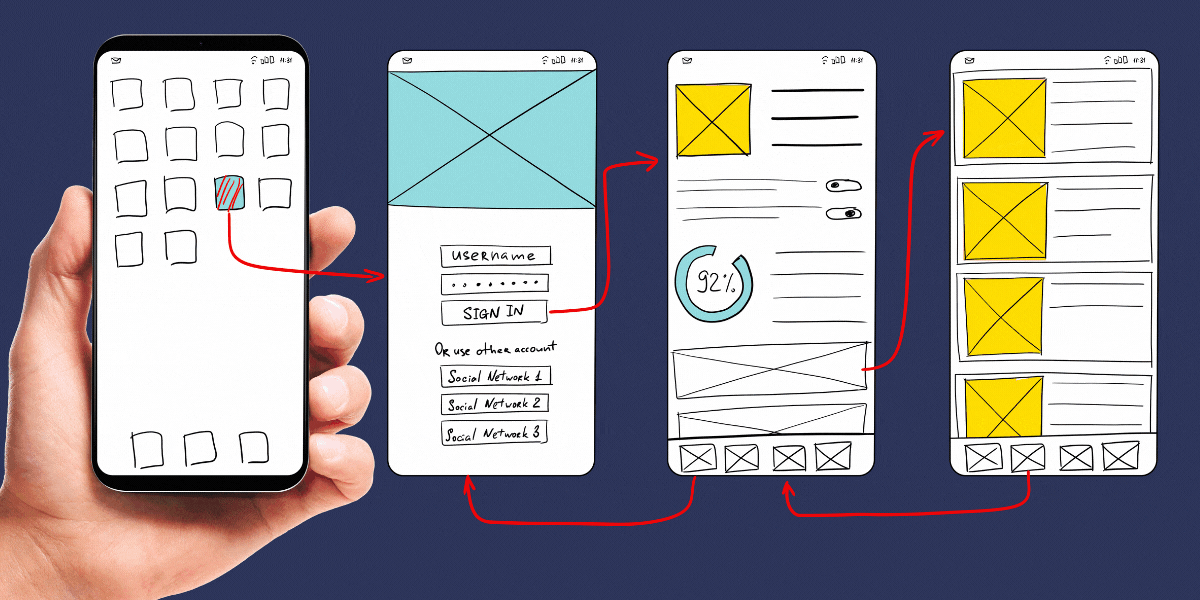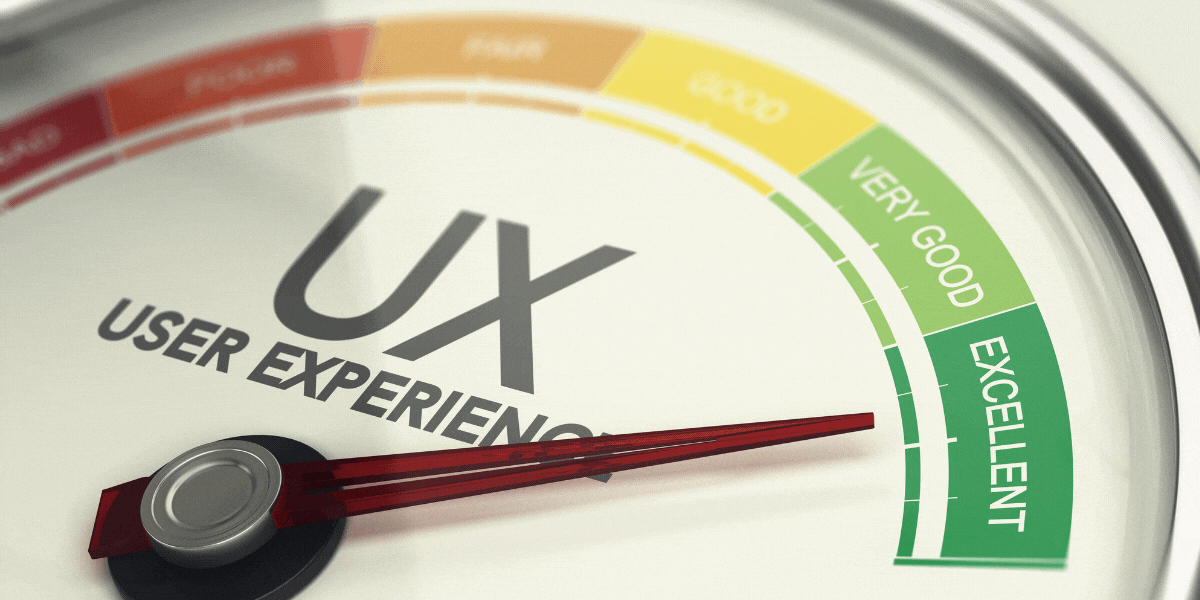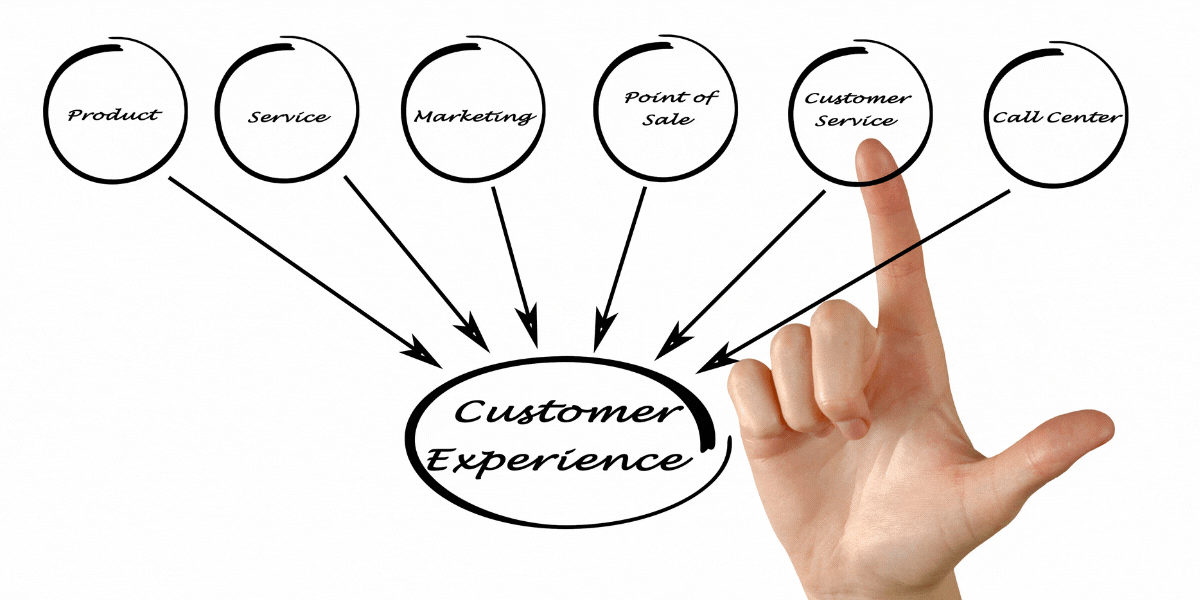If you’re reading this today, I’m certain you must have come to see that we now live in a digital era. E-Commerce is the way forward when it comes to buying and selling products and services. The advantages it provides are endless, but what separates a successful E-Commerce store from one that is not? There are three major aspects of design – UI, UX, and CX and we will be discussing all three in this article. These three are the most important tools every E-Commerce platform must have to succeed in today's digital world.
UI is the short name for User Interface or User Interface Design; UX stands for User Experience while CX stands for Customer Experience. Depending on how you harness them into your platform, these three factors determine how much of a successful platform you will be building as you progress.
What’s the importance of UI/ UX/ CX in E-Commerce?
When building an E-Commerce platform, the primary objective is to sell your products to your target audience, which generally generates more leads, drives in more conversions, and ultimately makes you profitable. All these cannot be possible if you don’t have a clear vision of the User Interface, User Experience, and Customer Design.
So why do you think companies pay so much to hire front-end developers? This is because the front-end developers (the web developers, the UI, UX, and CX designers) are basically the ones responsible for the design and structure of the platform, its accessibility to customers, and ultimately responsible for the relationship and satisfaction of the average user who comes to the platform to purchase a product or service.
The shopping experience on an E-Commerce Platform should be seamless, convenient, easy to understand, and must provide solutions to the customers' answers with anything related to the product or brand. These are the roles, and as simple as they may sound, they are one of the most sophisticated and challenging career paths with massive financial rewards.
It is not just enough to say that UI, UX, and CX are the backbone of any successful platform. The question is, what do you know about UI/UX/CX? What is their individual and collective role in the growth and success of an E-Commerce platform? As you continue to read, you will get a very clear understanding of the distinctions between these design aspects, as well as the answers to the above question.
What is UI?
User Interface, which we all know as UI, is the aspect of design that deals with the way the user interacts with a particular brand. The User Interface of design is essential because most of the time, the accessibility to your product either through a website, an application, or any other means; its look and feel, and its interactivity with the user goes a long way to arouse the interest of the user, which makes a very important aspect that cannot be left out in any area that requires design.
Let’s take an example of the common UIs we see almost every day; the checkout part of a website, the form fields a user is expected to fill, the buttons- the overall layout of the website, all these are what comes together to form the User Interface of the website.
A perfect example of driving home the point of User Interface is the structure of how an E-Commerce site is being laid out: starting from when the user lands on the homepage of the site, the visual representation of the site, its look, and feel, the grids of the website that show the products, the colors used in the site, the design of the buttons – all these should be structured in a way that would help the user not to get lost in the site.
A good UI designer is one that can imagine themselves in the minds of the target audience and be able to see things from their perspective, their needs and expectations, and how they will interact with the brand. A good UI designer is also one with very good communication skills, as the job is never complete without these.
User Interface design is a very exciting, challenging, and financially rewarding career path today, especially now that almost everything is going digital. The most common way a user tends to interact with the interface of a brand is through websites or applications, as this makes it easy for the user to do almost anything just from the comfort of their devices. As a UI designer, creativity will be a very important toolbox in your arsenal. One key skill for every UI designer is the ability to communicate effectively with the client to know exactly what they want to design and who the target audience is.
You can’t overstress the importance of good communication skills in the life of a UI designer - you’re going to be communicating with the UX designers (as we shall be looking at shortly) and the client as well. The bulk of the work of the UI designer is the creative thinking and research to be done before the actual design itself. As a UI designer, they’re certain roles that are going to be part of your journey, and these roles ultimately determine how good of a UI designer you are as you progress. They include the following:
- Working together with the client and the UX designer to have a clear and common goal.
- Doing a lot of research about your target audience and getting to know what they like.
- Designing of buttons, screens, scrollbars, as well as other navigational elements.
- Liaising with the project developers to ensure the right implementations are put in place.
- Testing and Prototyping.
This should have already given you a clear picture of who a UI designer is; you will have a better understanding when we shed more light on the other aspects of designs as you read on.
What is UX?
UX means User Experience, and it is the aspect of design that has its main focus on how a particular product suits the particular need of the customer or the user. Therefore, user Experience puts the customers’ needs first, and to do this, there are certain questions that need to be asked by the UX designer and should be answered very clearly by the client in order to get the best of whatever the project is.
To make it even easier for us, below are some of the design-related questions a UX designer should be able and ready to ask to make work easier. Of course, some of these questions may not need to be answered in every project. Still, it's good to familiarize yourself with as many design questions as possible in order to satisfy your client with the best user experience.
What are the questions asked by a UX designer when starting a project?
Well, they include the following: Note that the terms Users and Target audience are used interchangeably as they all relate to the customers you intend to serve with your product.
- What is the primary job of this product?
- What do you want it to do?
- What business goals do you have pertaining to the product
- Do your business goals support the user goals?
- Who is your target audience?
- Where best do your audience see your product? (mobile phone, desktop, email, paper, telephone, etc.)
- What do users don’t like about the product (do your research and be honest with the answer)?
- Where, when, why, and how often does the target audience use it?
- Are there special needs concerning the user that I should be aware of when designing? These may include areas with a limited internet connection, less tech-oriented, etc.
- What does a regular day in the life of your target audience look like?
- What are the actions the users will usually perform while using this product?
- Is this product limited to a limited number of users or to a wider range of users? (the question here tackles user analytics – more users, more page views, more conversions).
- When they come here, will they be able to get what they are searching for?
- What would be your elevator speech for this product?
- What are the things you’ve already tried or not tried before related to the growth of the product?
Asking some (or all) of these questions gives you a well-defined plan of what you want to build as a UX designer.
Now that we know the right questions to set you on the right path. Let’s now take a look at what the UX designer really does.
What does a UX designer do?
The solution to this question is what differentiates the UX designer from the other two, and I’ll do my best to give the very straightforward answers:
Strategy and Content
- Product structure and strategy
- Content development
- Customer analysis
- Competitor analysis
Wireframing and Prototyping
- Creating wireframes for the project
- Testing and iterations
- Development planning
Analytics and Execution
- Co-ordination and co-operation with the UI designers
- Monitoring the goals of the project.
- Working with developers
from all that we’ve touched so far, it’s safe to say that even a novice in the design world has picked up a thing or two about who a UX designer is and what they do. You can now clearly see that the role of a UX designer is way more complex and challenging as compared to that of a UI designer. So, you have enough knowledge to set them on the right path whenever you hear people using these terms interchangeably. Now, to the last part.
What is CX?
Customer Experience, usually known as CX, as we shall see shortly, has quite the same similarities with UX, but we’re here to give their difference in detail, so let’s jump right in.
Customer Experience design is an aspect in which the design team follows in order to customize the overall user experience at all points – and these points include before, during, and after conversion. The CX takes advantage of customer-centered strategies to give customers the best user satisfaction at each step of the conversion journey and also to build a strong customer-brand relationship.
The truth couldn’t be any clearer than what was said by Steve Jobs, Co-founder of Apple and UX guru – “You’ve got to start with the customer experience and work back towards technology, not the other way around.” CX is all about building a strong relationship between the customer and the brand.
CX vs. UX | what’s the difference
The common misconception is that UX is the same as CX. While it is true that both of these designs are concerned with the overall experience of a customer using a service, product, or brand, their difference should not be swept under the carpet.
Let me start by saying that User Experience is a subset of Customer Experience. This is so because a good UX gives your audience the ability to find information faster and easier. The User Experience is the overall perception of the user when they interact with the brand, and these include the emotional satisfaction, effectiveness, and quality of service provided
UX is very important because no matter how beautifully designed your Application or website may be, all it takes for a user never to come back to your platform is when they begin having problems navigating their way around the website. That would be a result of poor User Experience.
Customer Experience, on the other hand, is of an even larger scope. The primary objective of a CX designer is to make the customer feel that they are in control of their relationship with the brand. It’s good to have a beautifully designed website where customers can easily log on to and spend their money with all happiness, but what happens when they come another time, and all of a sudden, products are out of stock without any means to notify users on the website about the number of products left available, or when next the product will be available? The beautiful website will suffer due to a lack of customers, and this is well attributed to the poor vision of Customer Experience.
The collective role of UI/UX/CX in E-Commerce
When you check websites like Amazon, eBay, Alibaba, and other E-Commerce stores out there, the collective roles of UI, UX and CX come to play in different ways. These ways are not for you to understand deeply as that would be the job of the front-end developers, but the general goal of these three designs put together is to ensure that customer interaction with the brand keeps them coming back for more. This major goal is what has built fortunes out of very little beginnings of some E-Commerce stores you see out there.
Conclusion
So, if you ever plan or you’re into the business of E-Commerce, know today that it is worth your time, energy, and every resource available to you to fully develop these three aspects of design in order to give you the fulfillment you desire in this field.









